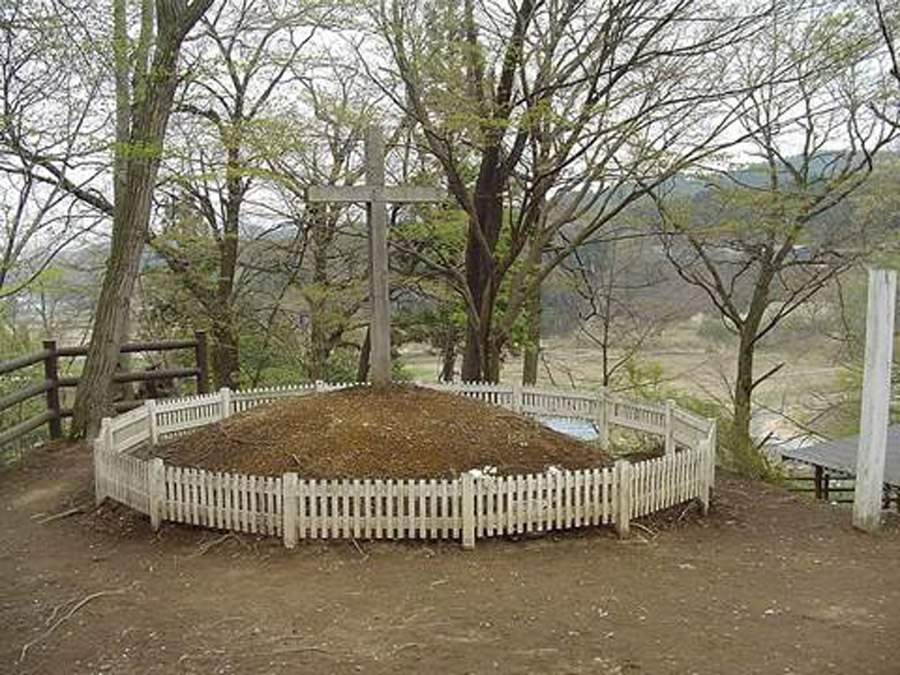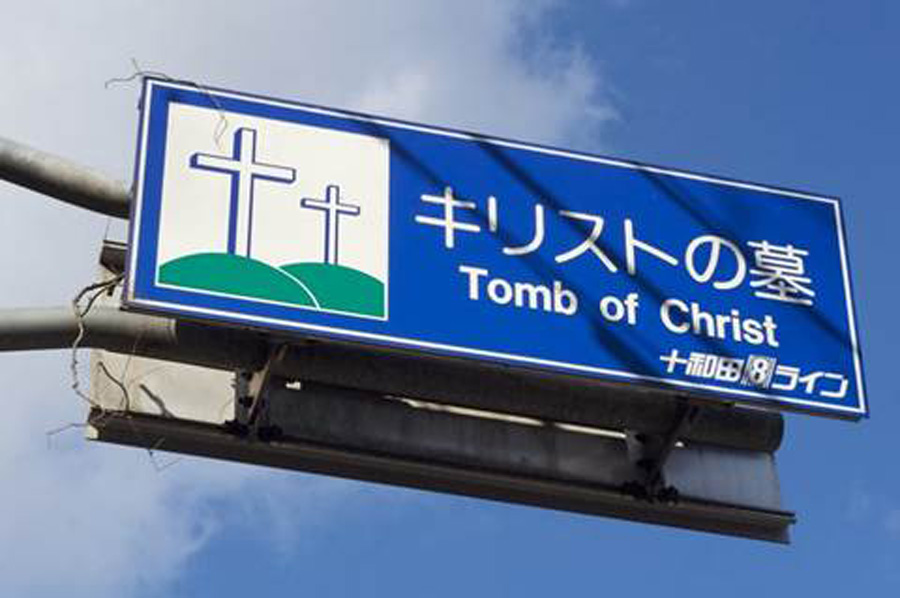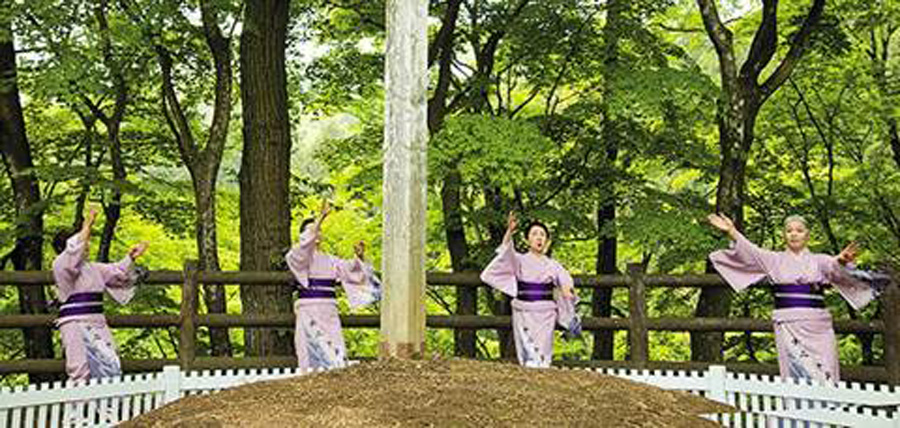Jesus Christ laid the foundation of a religion that thrives worldwide today. The center of modern Christianity may lie in the Vatican City, but its branches spread out long and wide. It is, therefore, unsurprising that the tale of Jesus has different versions in different regions of the globe. This article focuses on an unusual tale of Jesus Christ, and his final resting place. The land we talk about in the article has no apparent connection to Jesus, and therefore this legend is unbelievable to some. However, many believe this alternate theory to be true, and it should not simply be dismissed.
This tale is about a legend that says Jesus Christ escaped his crucifixion and traveled to Northern Japan, where he lived the rest of his life in peace and contentment, until he died at the ripe old age of 106. According to this account, Jesus died of natural causes in a small village in Japan. If this were to be true, who was crucified? What was Jesus Christ, the Messiah doing in a tiny village of Japan, and how do people honor his memory today?
The Village of Shingo
The village of Shingo in Aomori Prefecture in Northern Japan is small and insignificant, just another ordinary Japanese village. Most of the residents look after cattle ranches, or the village’s primary agricultural produce, yams. However, one single mound of earth on the flat top of a hill stands out as significant. It appears outwardly as only a mound of earth, but it is also the center of legends, beliefs, and conspiracy theories.

- Apollonius of Tyana Similarities to Jesus Christ
- Beringer’s Lying Stones: How did a Professor find Fossils of God?
This fenced mound of earth is said to be the final resting place of Jesus Christ. The supposed tomb was discovered in 1935. Since then, many theories have been put forward to try to explain how Jesus could have found his way to Japan.
The Takenouchi Documents
The principal narrative explaining this unlikely journey is provided by a set of mysterious manuscripts known as the Takenouchi documents. According to these apocryphal writings, Jesus Christ was never crucified on the cross. Instead, he managed to escape from the ordeal, carrying a lock of the Virgin Mary’s hair.
The documents claim that Jesus was captured by the Romans but escaped by switching places with his younger brother, who went by the name of Isukiri. When Jesus escaped captivity, he also took one ear of his brother with him. Having eluded the Roman authorities and their death sentence, he switched continents and moved to Japan.
After reaching Japan, he settled down in Shingo. He was known as Daitenku Taro Jurai and fell in love with a farmer’s daughter named Miyuko. He led the rest of his life as a shepherd in Japan. Moreover, he had three children with Miyuko and lived till his last breath in the village. There are beliefs that even today, Jesus’s descendants reside in the village.

The writer of the documents is Wado Kosaka. He became famous for trying to contact aliens on live television. From the works and life story of Kosaka, it seems like the “cosmo-archaeologist” was an eccentric person, if not an outright fraud. The document is said to be a hoax in almost all circles.
Yet, there is evidence of western traits being present in the village population, suggesting some ancient connection with Europe. Some of the residents of the village even have an eye color that is distinct to Anglo European people, although most could consider this tenuous evidence as Jesus was not from Europe.
Nevertheless, some persistently believe that the Takenouchi Documents, therefore, may have some truth in them. These supporters of the theory also point to the sheer implausibility of the theory as evidence of its truth, saying the claim that the Messiah moved to an insignificant village of Japan is so outlandish and ridiculous, that it begs belief that someone would make it up.
What is certain is that atop the hill in Shingo, there are two mounds of earth. One mound is the claimed burial site of Jesus Christ. The other mound supposedly holds Mary’s lock of hair and Isukiri’s ear.
Nice Little Earner
The village of Shingo is not particularly a Christian village. In fact, at one time, it only had one Christian resident. The village itself has no church, except one that is 30 miles away. However, the village holds a festival every year for pilgrims who believe that the site is indeed the burial place of Christ, pilgrims who are happy to pay the 100 yen entrance fee for the Legend of Christ Museum. The people also buy many supposed relics, and a cottage industry has sprung up in the village selling souvenirs to visitors.
There is also the Springtime Christ Festival that has been held every year since 1964. The ceremony has many rituals and rites. The women of the village wear kimonos and dance around the graves so that the spirit of Christ remains in rest, all the while chanting three-line verses in an unknown language.

The Christian population in the region may be in the minority in a country where the major religions are Buddhism and Shintoism. However, the supposed burial site garners a lot of attention among believers, as well as the curious. People visit the site either as a pilgrimage based on Christian belief, or simply to see the offbeat tourism spot.
At a time when conventional tourism sites are facing a reduction in visitors, some people prefer going for an unusual destination like Shingo. The site is almost certainly not the actual burial site of Jesus Christ. However, the legend stubbornly refuses to be dismissed. Japan has a rich history with multiple influences, and this story only lends another dimension to that tapestry. Researchers are still delving into the truth behind the Takenouchi Documents.
Top Image: Was Jesus in Japan? Source: kichigin19 / Adobe Stock
By Bipin Dimri